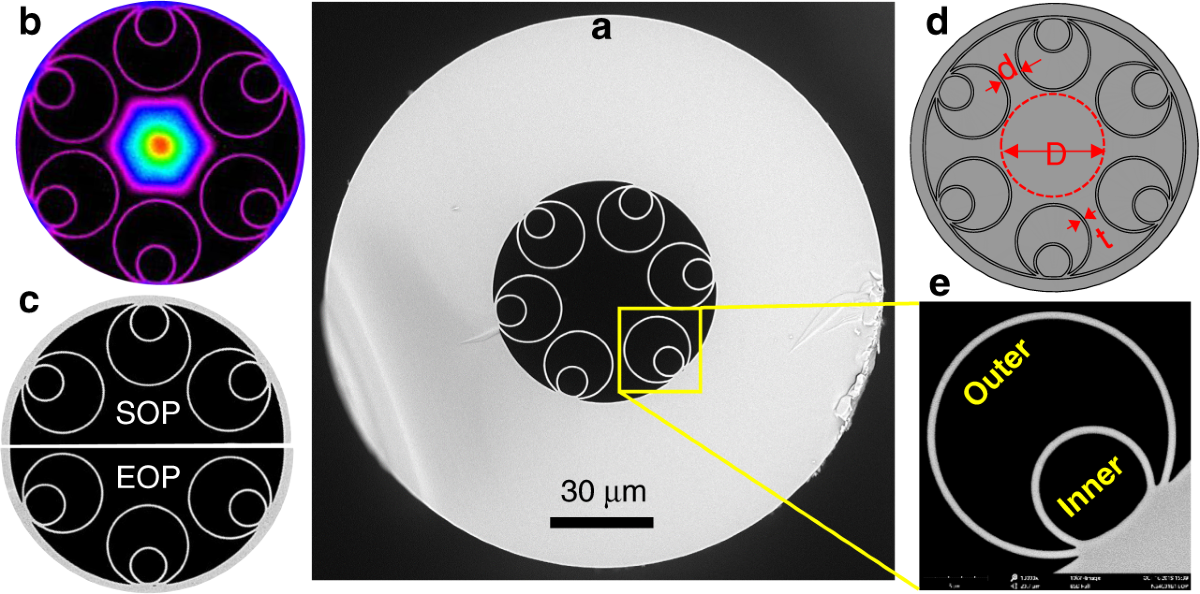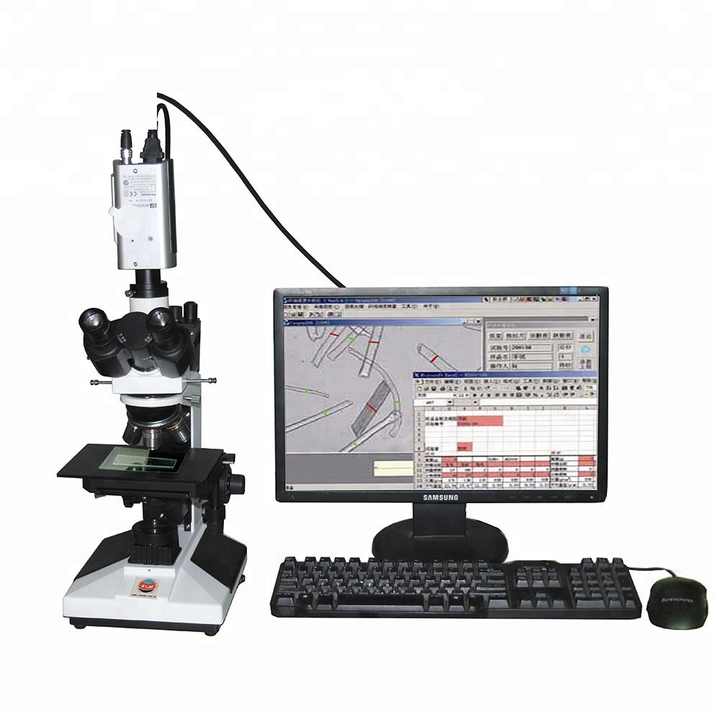Advanced Technology for Optical Fibre Diameter Analyser Precision
Advanced Technology for Optical Fibre Diameter Analyser Precision
Blog Article
Optimize Your Fiber Optic Performance: Comprehending Optical Fiber Size Analyser Technology
The efficiency of fiber optic systems is critically affected by the precision of their size, a factor frequently overlooked in the search of ideal signal honesty. Recognizing the modern technology behind optical fibre size analysers reveals the intricate equilibrium between measurement accuracy and manufacturing high quality. These tools not just boost conformity with sector requirements but also supply real-time understandings that can preemptively address potential issues. The effects of their use expand past plain measurement; they can essentially change the landscape of fibre optic performance. What variables should one take into consideration to harness their full potential?
Relevance of Optical Fibre Diameter
The diameter of optical fibre plays an important function in determining the performance and performance of communication systems. Alternatively, smaller sizes tend to sustain fewer settings, which can enhance signal clearness and reduce crosstalk.

Furthermore, understanding the diameter's ramifications can lead to cost savings by lowering the requirement for signal amplification and repeaters in substantial networks (optical fibre diameter analyser). Finally, the importance of optical fibre diameter can not be overstated, as it directly affects the general performance and integrity of modern communication systems

Exactly How Diameter Impacts Signal Quality
Signal quality in optical fiber systems pivots substantially on the diameter of the fiber. The diameter influences several crucial parameters, including attenuation, transmission capacity, and modal dispersion. A smaller sized diameter can cause greater attenuation prices, leading to signal loss as light trips via the fiber. This depletion can endanger the stability of the transmitted data, bring about a decrease in signal quality, especially over cross countries.
On the other hand, bigger diameters normally permit for enhanced light capture and reduced modal dispersion, boosting signal quality. In multimode fibres, a larger core diameter can support numerous light settings, yet it might additionally introduce intermodal diffusion, which can deteriorate signal top quality. Choosing the optimal fiber size is vital for attaining the preferred efficiency in particular applications.
Moreover, the communication between the fibre size and the wavelength of the light used plays a vital function in determining the efficient transmission distance and general signal integrity. Thus, understanding exactly how fibre size impacts signal quality is essential for network developers and designers aiming to enhance optical fibre systems for reputable, high-speed data transmission.
Review of Size Analyser Modern Technology
In several optical fiber production processes, accurate dimension of fibre diameter is essential for making sure consistent performance and top quality (optical fibre diameter analyser). Size analysers are advanced instruments made to examine the physical dimensions of optical fibers with high precision. They use advanced optical and laser innovations to measure the size, ovality, and concentricity of the fiber, therefore supplying important data for top quality control
These analysers can run in-line during the production procedure or as component of off-line testing protocols. In-line systems allow real-time monitoring, enabling manufacturers to change criteria instantly, therefore maintaining optimum manufacturing conditions. Off-line analysers, on the various other hand, give comprehensive evaluations of sets, making certain that any type of deviations from specified resistances are recognized and attended to.
Diameter analysers significantly add to the reduction of problems in optical fibres, enhancing general product dependability. By continually gauging crucial parameters, these modern technologies assist in compliance with market standards and specs. As the demand for high-performance optical fibres remains to increase, the role of diameter analysers comes to be significantly essential in achieving the desired high quality and performance requirements in fiber optic systems.
Key Attributes of Fibre Diameter Analysers
Although different versions of fiber size analysers exist, they generally share several key functions that improve their functionality and integrity. One of the most significant features is high-resolution measurement capabilities, which guarantee accurate diameter readings, crucial for maintaining quality assurance in fibre production. Furthermore, explanation lots of analysers integrate advanced optical sensing units made to spot minute variants in fiber diameter, hence supplying vital data for process optimization.
One more crucial feature is real-time surveillance, enabling operators to get prompt responses on fiber diameter throughout the manufacturing procedure (optical fibre diameter analyser). This ability helps with rapid changes and decreases the probability of flaws. Many analysers also come furnished with easy to use user interfaces, enabling drivers to conveniently browse via information and setups results
Moreover, durable data storage space and analysis functionalities are crucial for tracking historic efficiency fads and making sure compliance with industry requirements. These features collectively add to the efficacy of fibre diameter analysers in maximizing fiber optic performance.
Best Practices for Fiber Optimization

First, normal calibration of optical fibre size analysers is vital. This makes certain exact measurements and minimizes potential disparities that could impact efficiency. Next, maintaining a tidy functioning atmosphere is vital; dirt and impurities can result in signify deterioration.
Additionally, it is necessary to pick fibers that meet particular application needs. This involves examining factors such as depletion, transmission capacity, and environmental conditions. Correct installment strategies ought to likewise be abided by, including preventing sharp bends and too much tension, which can jeopardize fiber stability.
In addition, using advanced monitoring systems can assist in real-time efficiency assessments, allowing punctual identification of concerns. Normal screening and maintenance should be carried out to ensure that fibres stay within ideal functional criteria.
Lastly, training workers on the most recent fiber optimization modern technologies and techniques will certainly enhance their capacity to apply effective approaches. By adhering to these ideal methods, companies can considerably improve the efficiency and life-span of their optical fibre systems, making sure efficient interaction and information transfer.
Final Thought
In final thought, the combination of optical fibre diameter analyser technology is crucial for making the most of fibre optic performance. By dig this guaranteeing precise dimensions of fibre measurements, these analysers substantially enhance signal high quality and lower losses throughout information transmission. Normal calibration and maintenance of the analysers are necessary to maintain ideal performance and compliance with market criteria. Eventually, the application of this innovation helps with improved information transmission prices and strengthens signal integrity, adding to the total performance of fibre optic systems.
Signal quality in optical fibre systems pivots considerably on the size of the fiber.In numerous optical fibre manufacturing procedures, exact dimension of fibre diameter is vital for making sure regular performance and top quality. As the need for high-performance optical fibers proceeds to climb, the duty of diameter analysers ends up being significantly essential in achieving the desired quality and performance requirements in fibre optic systems.
These functions collectively contribute you can find out more to the efficacy of fibre diameter analysers in enhancing fiber optic efficiency.
In final thought, the assimilation of optical fiber size analyser innovation is vital for making best use of fibre optic performance.
Report this page